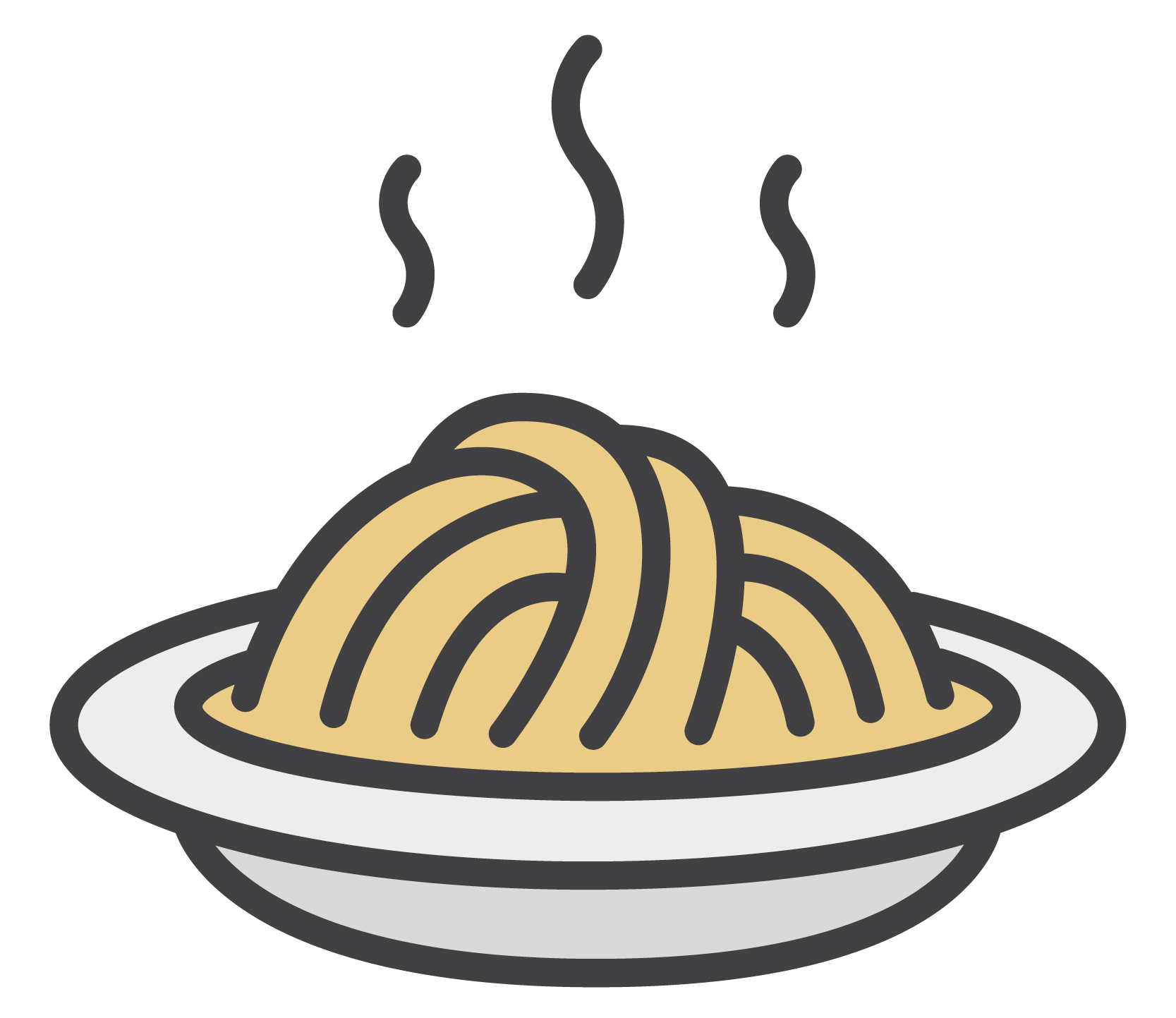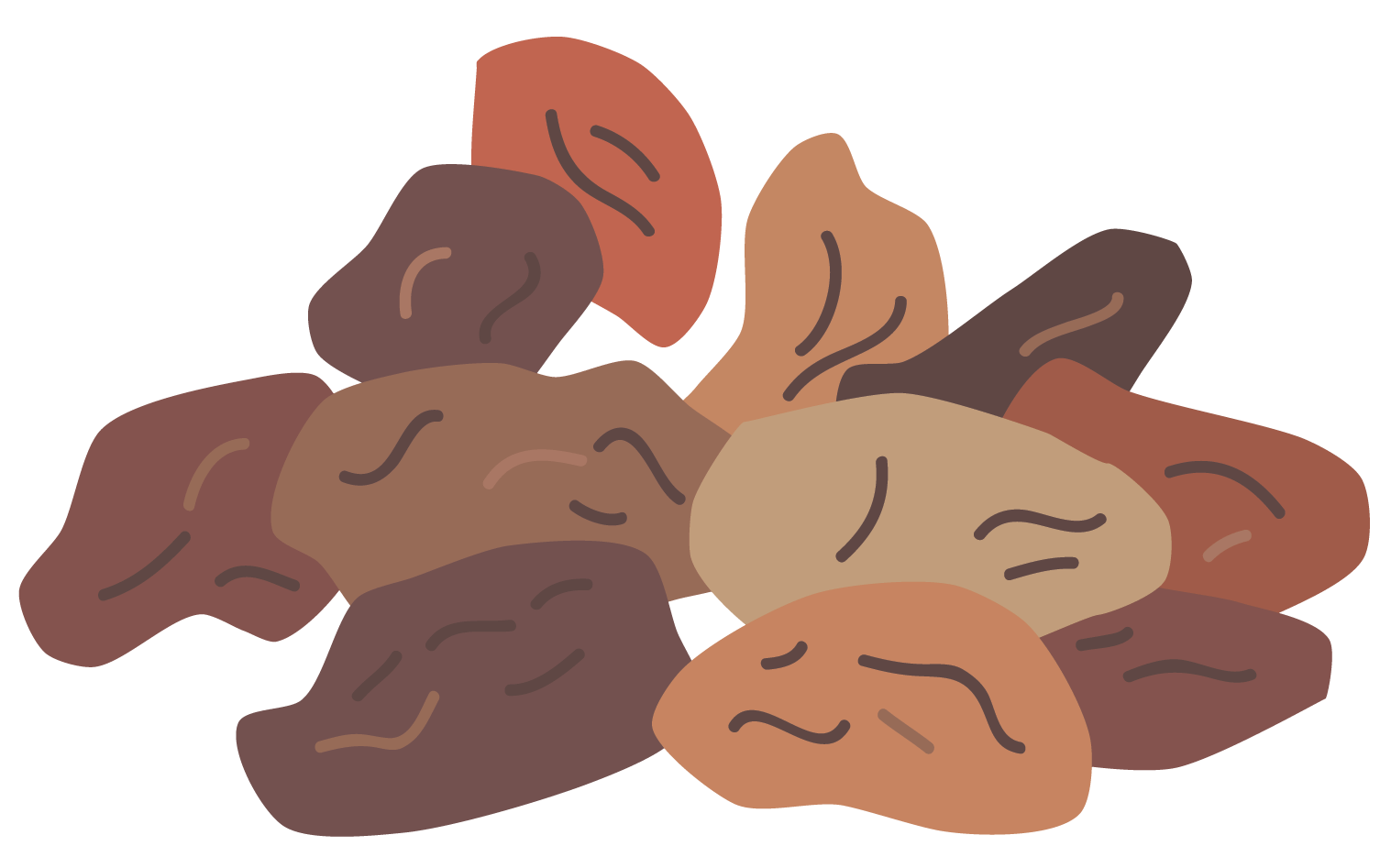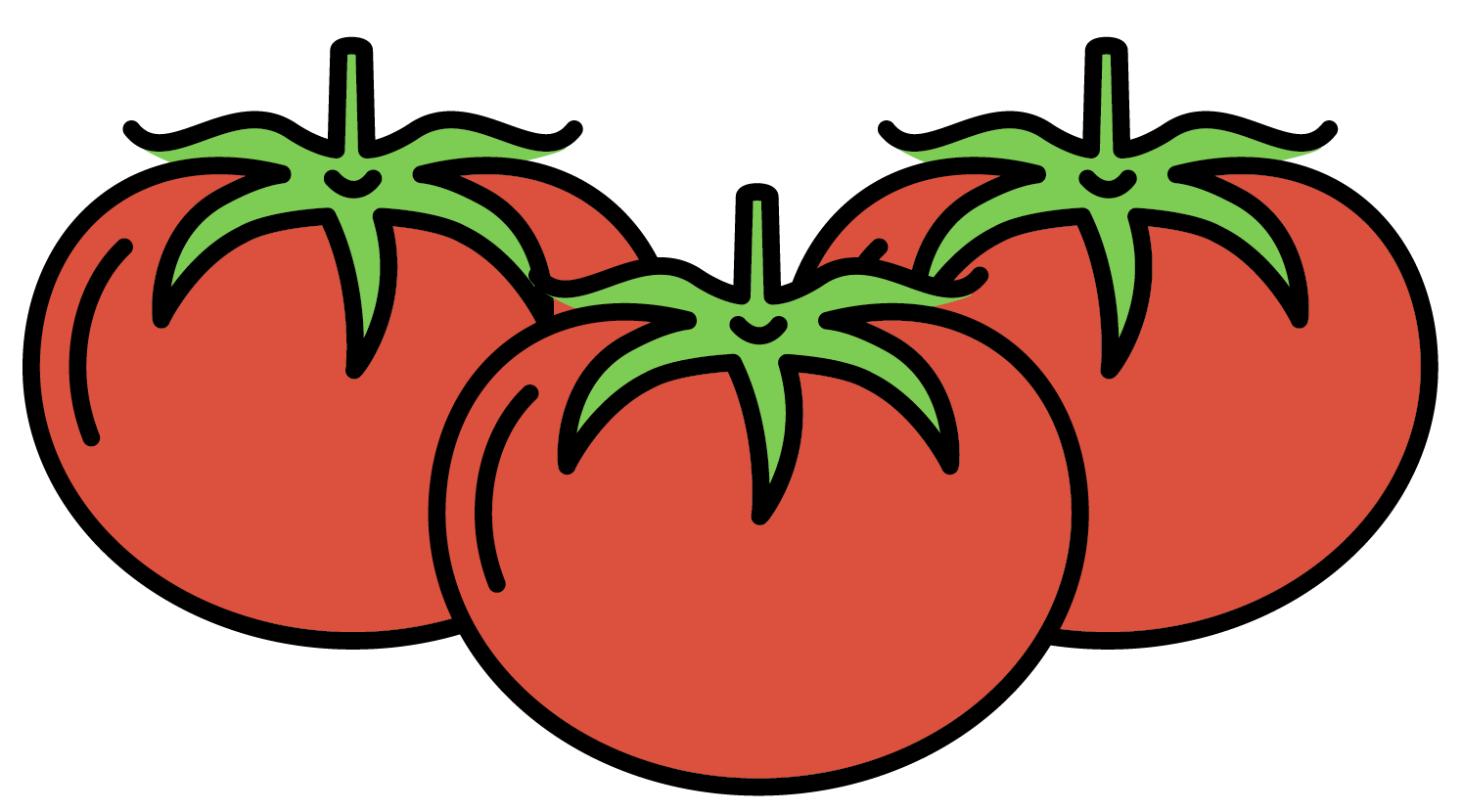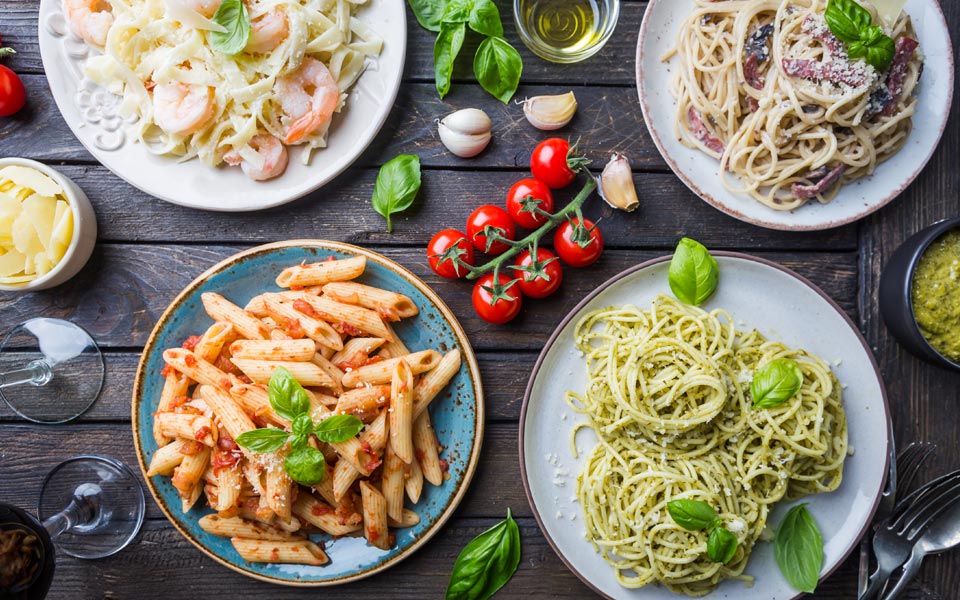
The history of pasta is as colorful as the ingredients used to make some of our favorite Italian dishes. One common urban-kitchen legend credits Marco Polo with the discovery of pasta, bringing the classic food to Italy after a trip to the Orient.
By Vicki Martinez


In 2005, archaeologists unearthed what is believed to be the oldest bowl of noodles found to-date. The overturned bowl with perfectly preserved yellow noodles was discovered at the dig site of an ancient village called Lajia—in China, not Italy. Scientists say the discovery may finally end the debate as to where the culinary classic originated, and when (the noodles are about 4,000 years old).

During the Middle Ages, pasta was a dish solely available to the aristocracy and served as a sweet dish with sugar, raisins and other dried fruits.



Up until 1839—when the first use of sauce is documented—Europeans had no idea what they were missing out on. At that time, tomatoes were thought to be poisonous as they are part of the nightshade family.
Up until 1839—when the first use of sauce is documented—Europeans had no idea what they were missing out on. At that time, tomatoes were thought to be poisonous as they are part of the nightshade family.


After tasting pasta for the first time in Naples, Thomas Jefferson is credited with introducing it to America. In his notes, Jefferson calls the dish maccaroni and cheese. But, based on his description of the pasta-making process—"...when pressed by the screw DEF, comes out, and forms the Maccaroni g.g.g. which, when sufficiently long, are cut and spread to dry.”—it was not the mac ‘n’ cheese pasta we’re accustomed to today.

Brooklyn, N.Y. is home to the first factory to commercially produce pasta in America. French immigrant, Antoine Zerega opened the factory in 1848.
Brooklyn, N.Y. is home to the first factory to commercially produce pasta in America. French immigrant, Antoine Zerega opened the factory in 1848.


Pasta comes in many shapes, sizes, and lengths—to the tune of almost 350 different types.

FUSILLI

RIGATONI

FETTUCINE

DITALONI


On the list of foods consumed per capita, pasta is number six here in America. We eat an average of 20 lbs. of pasta every year. Can you guess who comes in first at nearly 60 lbs. per person annually? You probably guessed it... Italy, of course.
On the list of foods consumed per capita, pasta is number six here in America. We eat an average of 20 lbs. of pasta every year. Can you guess who comes in first at nearly 60 lbs. per person annually? You probably guessed it... Italy, of course.

Compared to most other foods, pasta is one of the more sustainable and environmentally friendly foods. It requires an incredibly low amount of water—for every 1 calorie of food produced only 0.51 L of water is needed. Pasta also has an extremely nominal carbon footprint.
Compared to most other foods, pasta is one of the more sustainable and environmentally friendly foods. It requires an incredibly low amount of water—for every 1 calorie of food produced only 0.51 L of water is needed. Pasta also has an extremely nominal carbon footprint.


Not only can you use these facts to wow your guests at your next Italian-style dinner party, try this little experiment. Have guests grasp a piece of dried spaghetti at both ends and bend it to breaking. It's impossible to get the strand to break exactly in half.
And as far as Marco Polo is concerned: there is a recorded instance of dried pasta in Italy dating back to 1279. Polo did not return from China until 1295.





